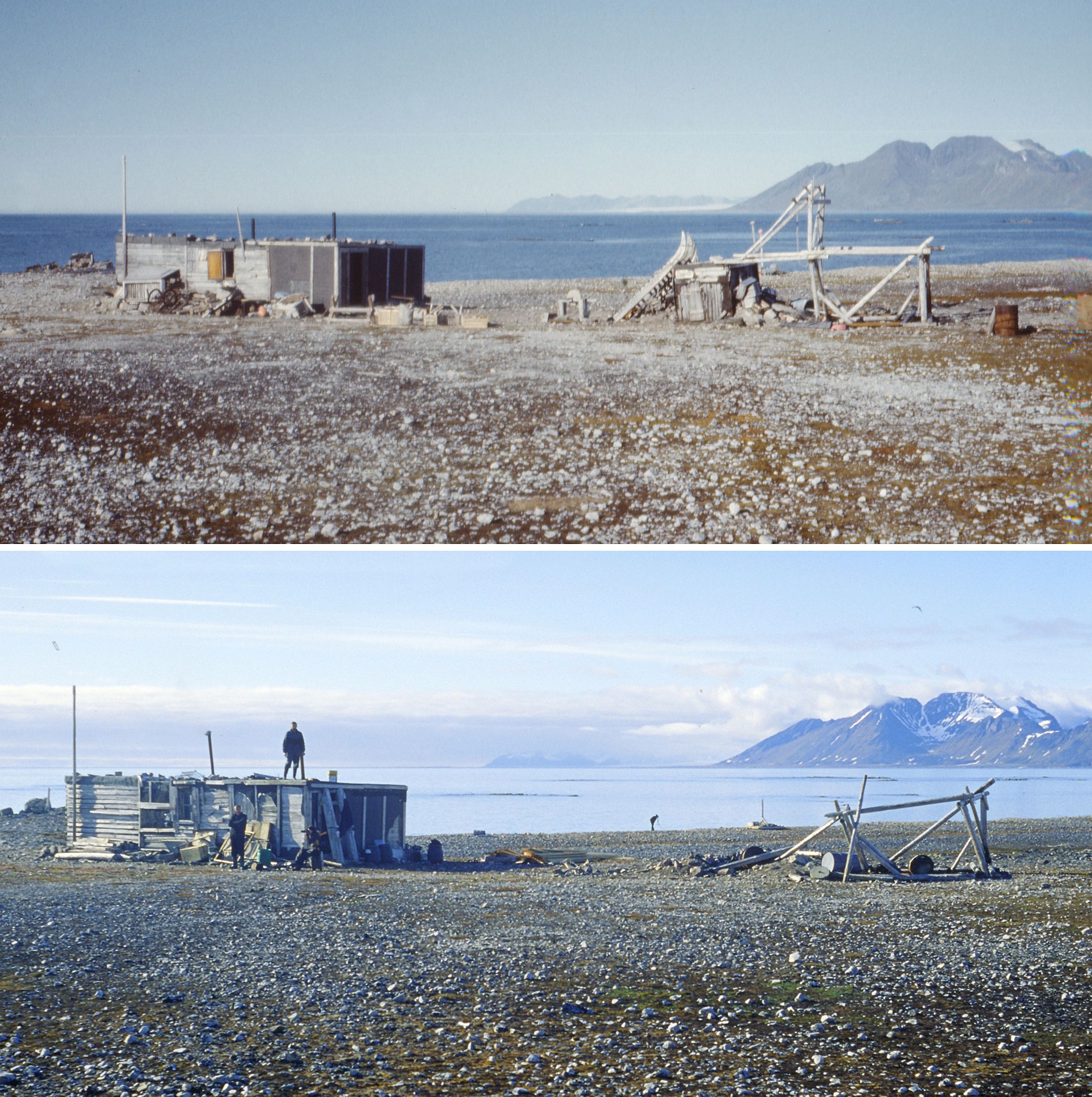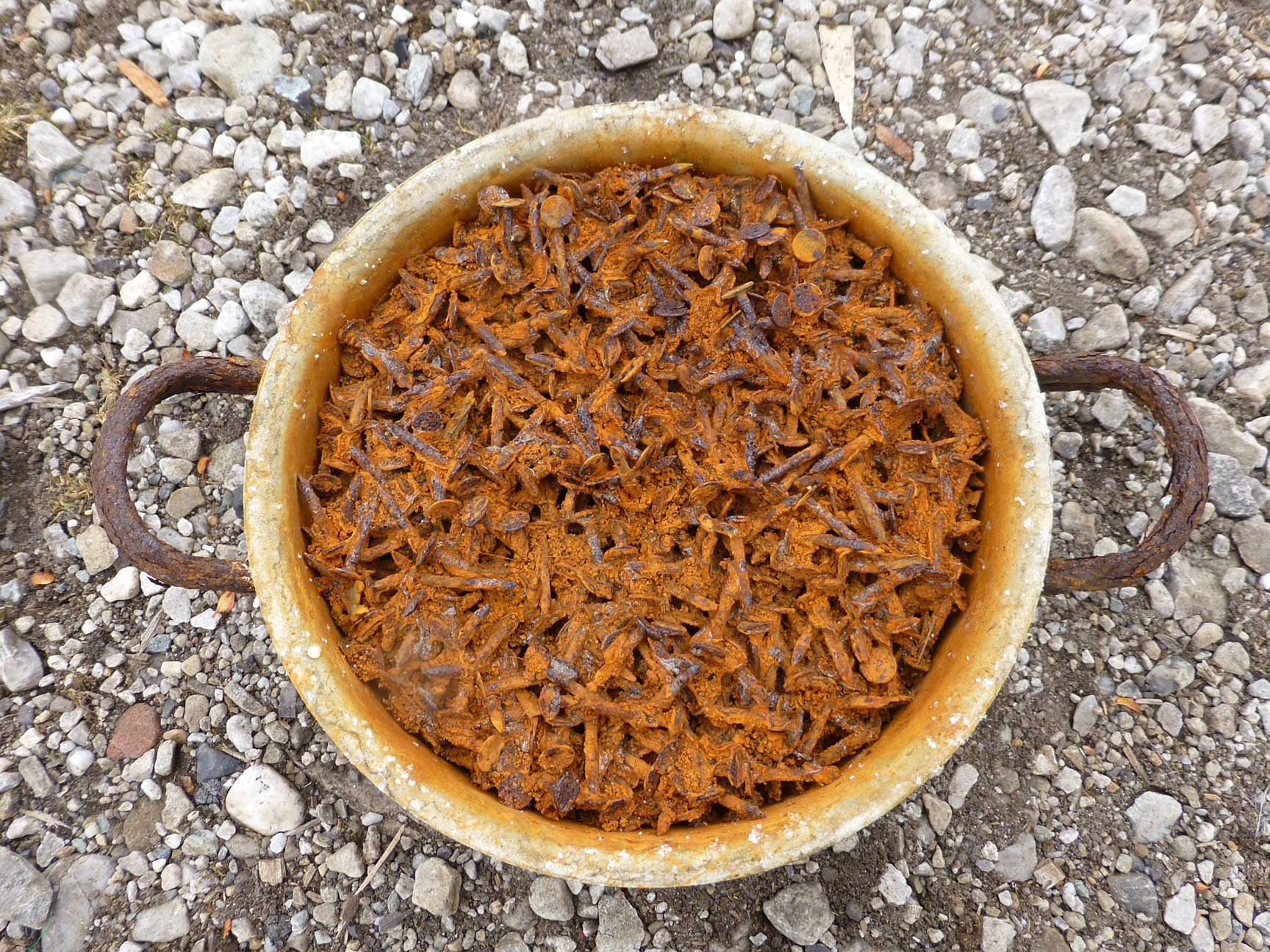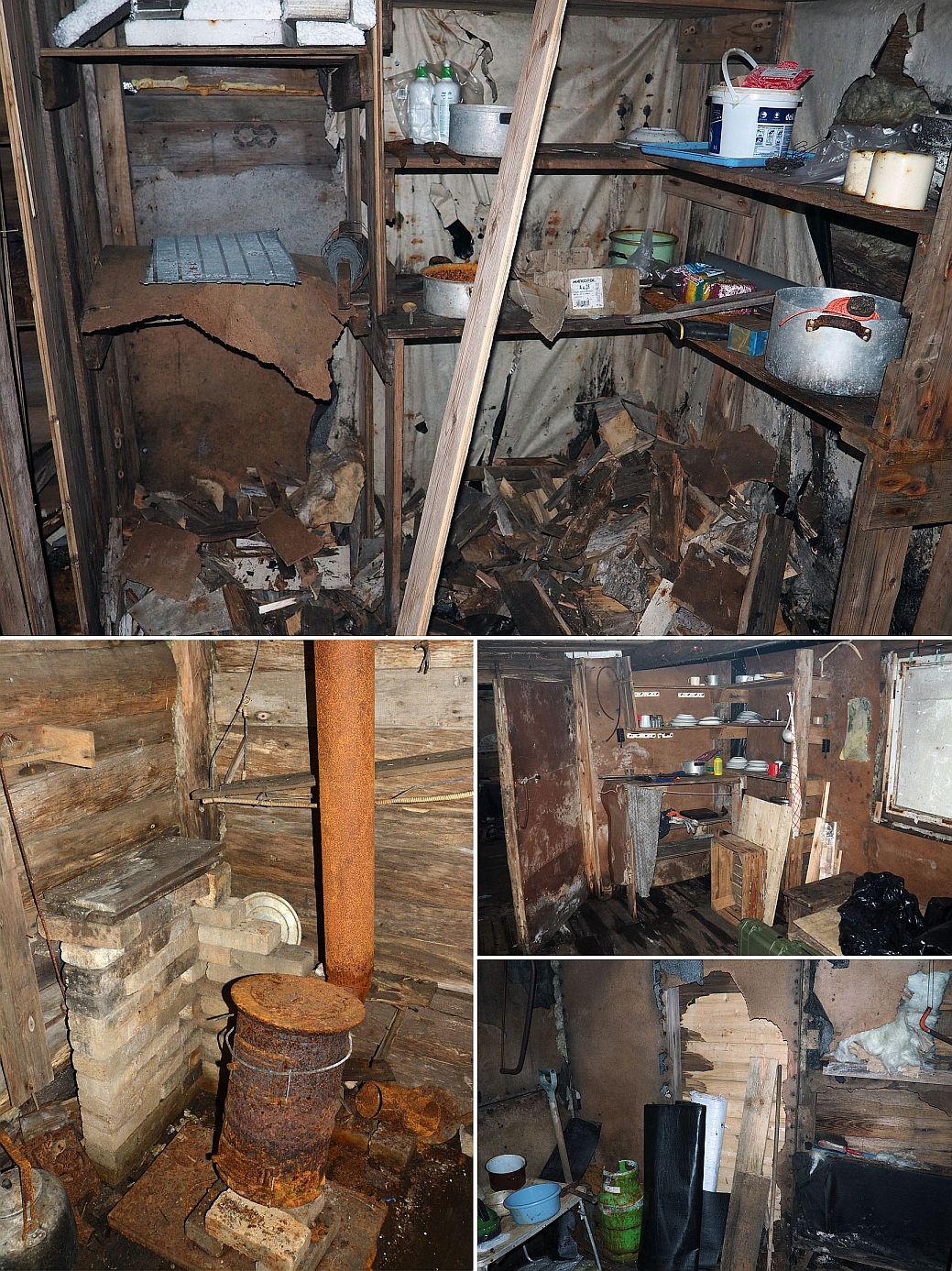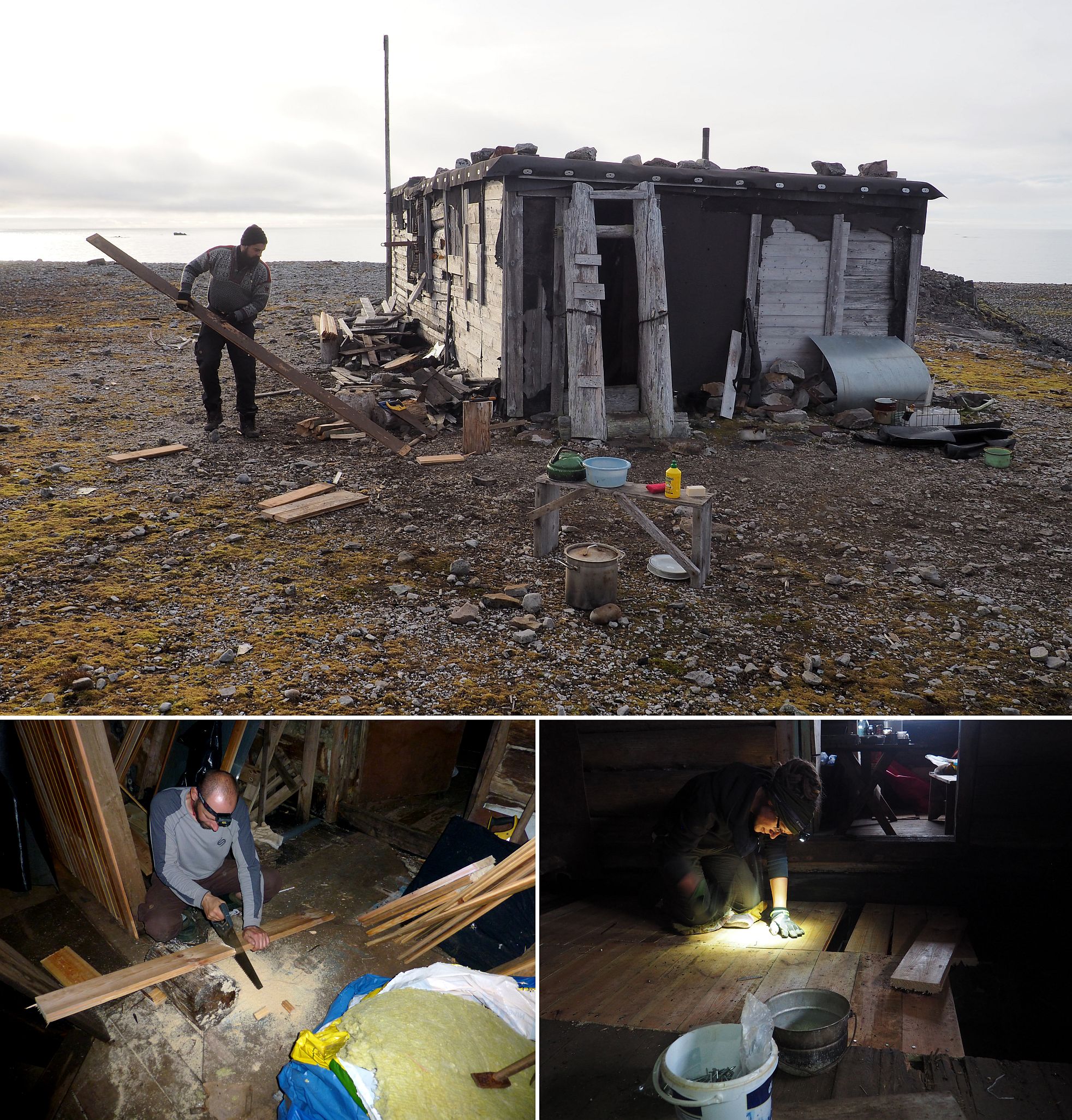Today we’re going to tell you a little more about the Awfully Rotten Cabin, or Kapp Horn Hytte (which is how it’s referred to in official records). What stands behind these names is the trapper’s cabin in Palffyodden, which will soon, for three weeks, turn into our headquarters and after working hours – home.
Kapp Horn Hytte was built in the 1960s, which makes it one of the youngest cabins situated along the shores of Hornsund fiord. It is second only to the cabin in Treskelen and the so-called Policeman’s Hut. The remaining cabins (one of which stands in Gnålodden, and the other – in Wilczekodden) come from before 1946, as a result of which, according to the local law, they constitute protected cultural heritage. This means that, with the exception of emergency situations, they may only be used with the permission of the Governor of Svalbard. On top of that, anyone using them must follow a long (though rather sensible) list of dos and don’ts, which refer not only to the buildings themselves, but also to 100-metre-wide safety zones surrounding each of them.

Map prepared by forScience Foundation (on the basis of TopoSvalbard)
The cabin in Palffyodden was constructed by Norwegian trappers. It was possible because, at that time, Sørkappland was not protected yet. Hunting was banned only in 1973, when the area became part of the newly-established Sør-Spitsbergen National Park. As a result, Kapp Horn Hytte no longer serves its original function.
The cabin was built right next to an old trapper’s hut, which can be seen in the picture taken by Professor Ziaja in 1986. Unfortunately, the historic building burnt down at the beginning of 2000s. Its last surviving remnants include stone foundations, a whole in the ground and the name, which the Kapp Horn Hytte of today took over from its older neighbour.

Kapp Horn Hytte hasn’t always been awfully rotten. Even though (as we’ve managed to find out) its owners were last heard of shortly after the creation of the national park, in mid-1980s the cabin still looked very decent, at least from the outside. Twenty years down the line, things were already a lot worse. Although the cabin was doing its best to resist old age, harsh weather conditions and overly curious polar bears, left on its own it would have probably given in. Fortunately, kind polar souls (or, to be more specific, scientists from the Jagiellonian University and the University of Silesia, and – more recently – our humble selves), did not let the cabin fall apart. It is due to their commitment and more or less professional repairs that Kapp Horn Hytte owes its survival and unconventional beauty.
In order to understand why even the most superficial renovation becomes a major challenge in Palffyodden, it’s enough to have a look at a map (we talked about location-related difficulties in the post entitled “Destination: the Arctic”). The best bet when it comes to building materials is the Polish Polar Station Hornsund, which has them brought from Poland at its own expense and for its own use. As a result, it doesn’t always have in stock whatever may be necessary to carry out essential, immediate repairs. This is why all maintenance work in Palffyodden requires meticulous, advance planning or considerable ingenuity, and in most cases – both.
To complicate things even further, one can never be sure if wooden planks, nails and tools left in the cabin will still be fit to use after a few idle seasons. When a blizzard hits the area, a little crack in a wall or the roof is all it takes for snow drifts to form inside, and arctic summers are not warm enough to let the mess dry properly, especially if we take into account firmly locked doors and windows. In the long run, few things can withstand the damp.

It’s the pervasive damp that got the inside of Kapp Horn Hytte into the state which inspired its code name. The state is so appalling that, according to some, the term “cabin” is, in this particular case, a gross exaggeration. Are they right? Have a look for yourself.

The outer room (top photo) looked by far the worst.
© Adam Nawrot, forScience Foundation
In the autumn of 2015, we managed to patch up the walls, fix the windows, seal the leaks around the chimneys, replace a fair-sized section of rotten floor and put everything in relative order. The cabin looked a lot better, though it was still a far cry from “Hilton”.

Had it not been for the Polish Polar Station Hornsund, we wouldn’t have done much.
© forScience Foundation
How is it doing today? It’s hard to say, but – if everything goes as planned – in a couple of weeks we’ll have hot news from the front and new photos of the cabin, which we’ll definitely share with you!
Other than that, in the next post you’ll find another set of information about the Awfully Rotten Cabin and other cabins located along the shores of Hornsund fiord. If you’d like the post to address particular questions, drop us a line at biuro@forscience.pl or contact us through Facebook.


